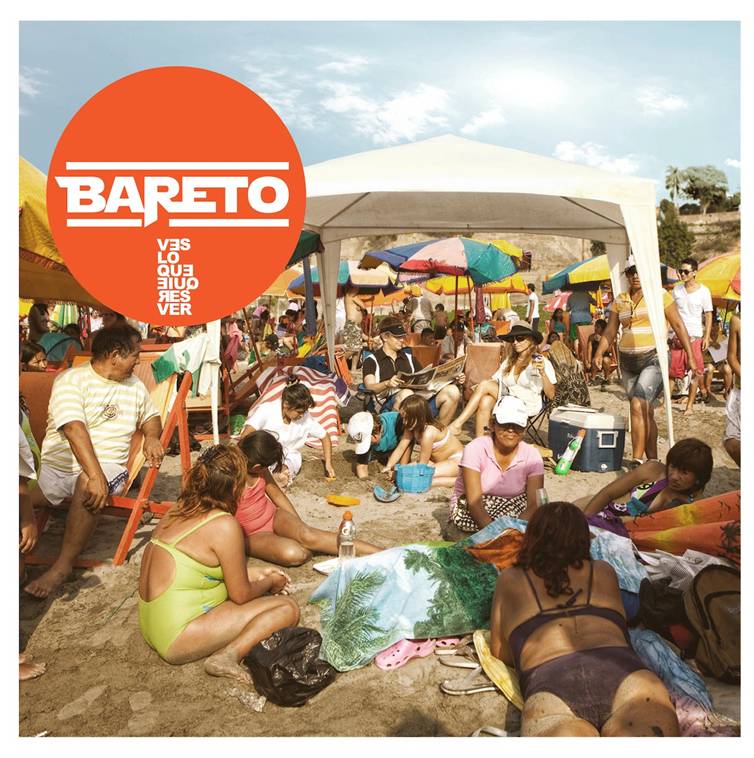Bareto: Political Messages Speak Volumes in Peruvian Band's Latest Album
Bareto’s latest album, “Ves Lo Que Quieres Ver” (You See What You Want to See) mixes cumbia, rock, dub and psychedelic hues, with splashes of salsa. For the Latin American novices, cumbia is a type of music and dance that originated in Colombia. Many regions of Mexico and other Latin American countries have adopted cumbia into their musical repertoire as well, thus its presence in a neighboring country like Peru. However, beyond the fascinating blend of musical genres, which ultimately keeps listeners dancing to the clean rhythms, the messages sung in Spanish are quite striking. In fact, if you are a Spanish speaker, the sociopolitical lyrics are almost impossible to ignore, shedding light to the political climate in Peru.
The title track is second on the album, incorporating salsa as it reminds us that “This world is all about appearances, don’t let yourself be fooled, you can be what you want to be if you truly learn to see.” However, the first single released was “Camaleón,” a track mixing rock, cumbia and salsa. Just as a chameleon changes its colors, the song argues that those in positions of power deceive others while considering only their own interests. The music video reflects this very criticism showing a clown disguised as a politician in an attempt to gather support of the people. People in power often change colors to the circumstances as part of participating in the political game. This track embodies exactly that reality, both in the lyrics and the music video.
Some of the coolest tracks musically include the dub cumbia “No Hay Vuelta Atrás” (There’s no turning back) and “Óyeme” which is a command for “Hear me” or “Listen to me!” The song begins with an intricate guitar solo and heavy percussion but builds into a merengue. The rhythms shift in the chorus to incorporate reggae elements, particularly in the bass lines, while the lyrics represent the pleas of the people saying simply, “Hear me, hear me, in Lima there are no laws, Hear me hear me, they are not here to serve the people…” The song "Tanto Ají" begins with Amerindian flutes and drumming before it talks of the lack of food. In this song, Bareto begs the question, “…there’s land and riches and nothing to eat...when will there be something for everyone to eat?”
Bareto proves to be very in tune with the sociopolitical landscape of Peru. The album is rife with images and messages, whether subtle or overt, making people truly think about the world around them. In a world lacking sincerity and transparency, this album urges people to raise their voice. If there is anything to be learned from Bareto, it is that and there is no better tool to educate and speak to the people than through music.
View the new video of Bareto “Camaleón” here: www.bareto.net/vesloquequieresver/video.html

